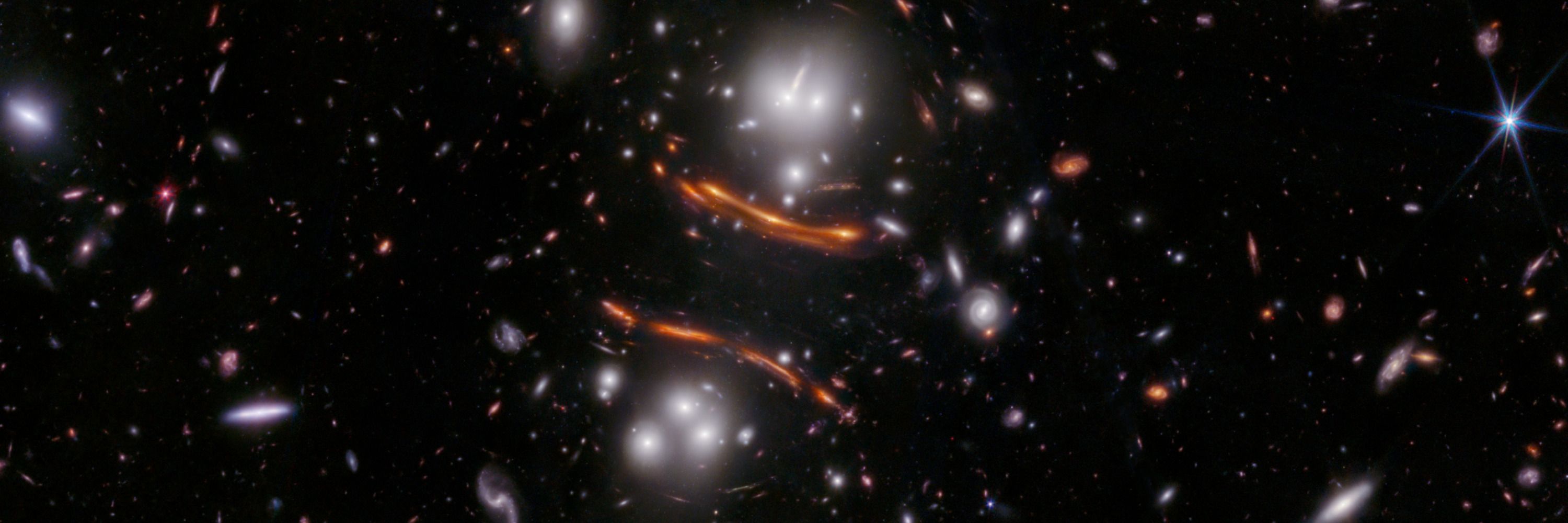Corey S. Powell
@coreyspowell.bsky.social
8.6K followers
910 following
1.5K posts
Fascinated by things very big, very small, and beyond the limits of the human senses. Founder of OpenMind: www.openmindmag.org Creator of the Invisible Universe column: https://invisibleuniverse.substack.com/
Posts
Media
Videos
Starter Packs
Pinned
Reposted by Corey S. Powell
Reposted by Corey S. Powell
Reposted by Corey S. Powell













!["During a routine time-lapse observation of the solar chromosphere [the thin, reddish layer of the Sun’s atmosphere above the visible surface], I captured a serendipitous moment when an aircraft crossed the field of view. Preserving this transient frame, I employed multiple blending modes to enhance the details of the solar background. Beyond stacking individual video frames, I processed the sequence, undertook colour inversion and synthesised 100 images through combined mean and minimum blending. This dual approach effectively accentuated both bright plages [active regions in the chromosphere] and dark laments through enhanced contrast.
"The composite image reveals the evolution of the Sun’s dynamic surface across a two-hour observational period, while the aircraft’s two-second transit remains frozen in time. This layered imaging rearranges time, blending celestial bodies and human technology in one photo."](https://cdn.bsky.app/img/feed_thumbnail/plain/did:plc:yiht2spe2sqm23m3iowdlhgz/bafkreide2zqcjkwslqq2cna6c27qazy5ck5a5mxw5fnvein26hgxhgx76u@jpeg)

